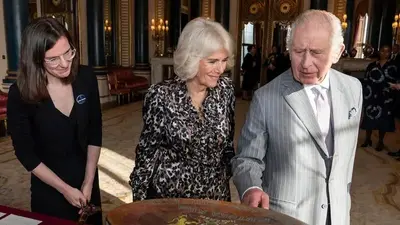World News
British Museum seeks public help in finding stolen artifacts
LONDON -- Please return if found: Hundreds of missing artifacts formerly housed in a museum in central London.
The British Museum has issued a plea to the public to assist in the recovery of ancient artifacts reported stolen or missing from its collection.
The museum -- which announced on Aug. 16 that the Metropolitan Police were investigating "a number of items" found to be "stolen, missing or damaged" -- is now appealing to anyone who may have seen the items to get in touch.
Sixty items have been returned thus far, the museum said in a statement sent to ABC News. Three-hundred more are "due to be returned imminently."
The announcement comes after British Museum Chairman George Osborne disclosed in August that "around 2,000" artifacts had been stolen from the museum's storerooms by a suspected museum curator.

The scandal, which has been called an "embarrassment" for the institution, triggered the resignation of British Museum Director Hartwig Fischer.
"The trustees of the British Museum were extremely concerned when we learnt earlier this year that items of the collection had been stolen," Osborne said in a statement. "Our priority is now threefold: first, to recover the stolen items; second, to find out what, if anything, could have been done to stop this; and third, to do whatever it takes, with investment in security and collection records, to make sure this doesn't happen again."
The items the museum is seeking include "gold jewellery, and gems of semi-precious stones and glass" dating back to the 15th century B.C. and the 19th century A.D.
None of the items has recently been on public display, said the museum.
Although the museum is not sharing details of the lost and damaged items following advice from "recovery specialists," the museum announced the majority of the stolen items are from the Department of Greece and Rome, "mainly falling into the categories of gems and jewellery."
The museum also announced that some of the items had been placed on the Art Loss Register -- the world's largest private database of stolen art, antiques and collectables. "This will ensure that if the stolen pieces appear in the over 400,000 items a year that are checked by them, they will be identified," the museum said.
An international panel of "leading specialists" in the field of identification and recovery of stolen items is also working the case.
Prior to the public appeal, investigations into the missing items had been taking place behind closed doors in partnership with the Metropolitan police. In a statement sent to ABC News, the Metropolitan police confirmed one man had been interviewed on Aug. 23 in relation to the thefts. He was placed "under caution," having voluntarily attended a police station.

The Metropolitan police told ABC News inquiries into the missing objects continue.
Many have pointed out the irony of the British Museum -- which has come under scrutiny to return artifacts in their possession to their country of origin -- seeking public assistance in retrieving stolen artefacts.
In August, the British Museum announced it will return 72 artifacts that were looted in 1897 -- including Benin Bronzes -- to the Nigerian government.
The British Museum is also entangled in a debate with Greek authorities over ownership of the famous Pantheon Sculptures, which were taken from the Pantheon between 1801 and 1805.
"Sir Nigel Boardman and I continue to work closely with the British Museum, other organisations and specialists in this area to recover stolen items and return them to the British Museum's collection," said Lucy D'Orsi, joint chair of the Independent Review. "We are very grateful for the support we have received."
-
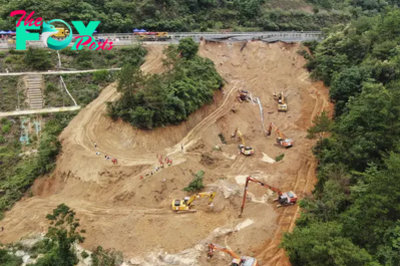
 World News7h ago
World News7h agoDeath Toll Reaches at Least 48, Search Continues in Southern China Highway Collapse
-
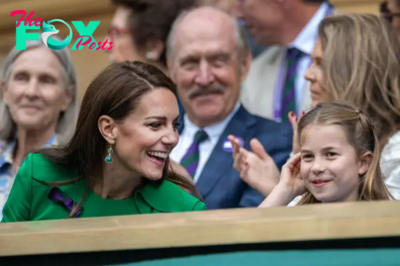
 World News7h ago
World News7h agoHow Kate Middleton is Honoring Princess Charlotte’s Birthday
-
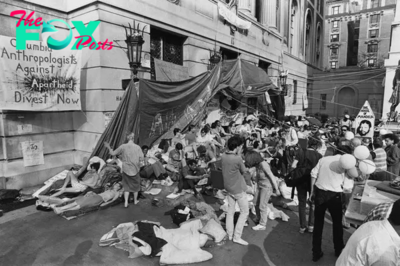
 World News13h ago
World News13h agoColumbia’s Relationship With Student Protesters Has Long Been Fraught
-

 World News13h ago
World News13h agoHow a Group of Elderly Swiss Women Charted a New Path for Climate Legislation
-

 World News19h ago
World News19h agoHow the U.S. Can Win the New Cold War
-

 World News1d ago
World News1d agoTwo Men Charged With Cutting Down Famous 150-Year-Old Tree Near Hadrian’s Wall in England
-
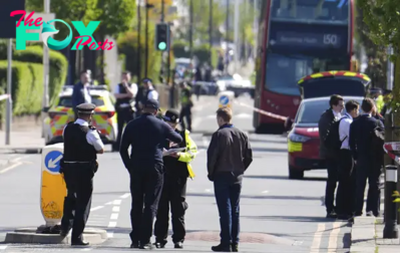
 World News1d ago
World News1d agoSword-Wielding Man Kills a 14-Year Old Boy and Injures 4 others in London
-
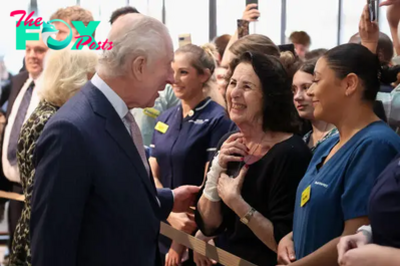
 World News2d ago
World News2d agoKing Charles Holds Hands With Cancer Patients in First Public Outing Since His Own Diagnosis








